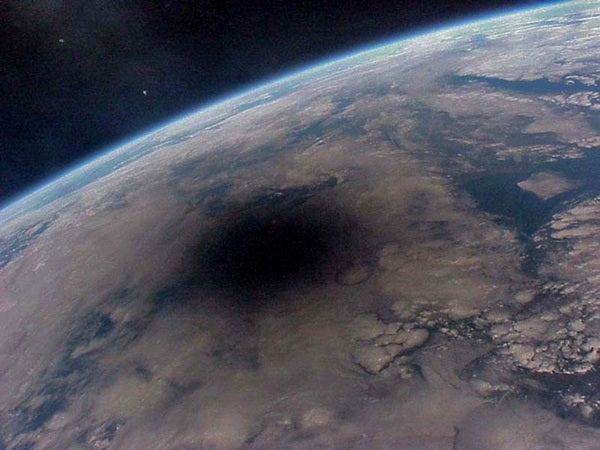Further, we live on a rotating planet, so how fast Earth’s surface at a particular spot moves through space factors into totality’s length. At the equator, Earth completes one spin about its circumference of 24,901 miles (40,074 kilometers) in 24 hours, making the speed roughly 1,000 mph (1,600 km/h). Near the poles, a point on Earth’s surface moves around the planet’s spin axis much more slowly.
So, the longest totalities occur when the Moon’s shadow crosses Earth near the equator, the Moon is closest to our planet, and Earth is farthest from the Sun. The theoretical maximum is about 7½ minutes, but that won’t happen until the next century, and now the longest totalities are around 6½ minutes.
In 1973, the speed of the shadow across Earth slowed enough that a supersonic Concorde could keep up with it for 74 minutes, although the eclipse was high overhead and holes (with windows) had to be cut into the airplane. — Jay M. Pasachoff, Hopkins Observatory of Williams College, Williamstown, Massachusetts










